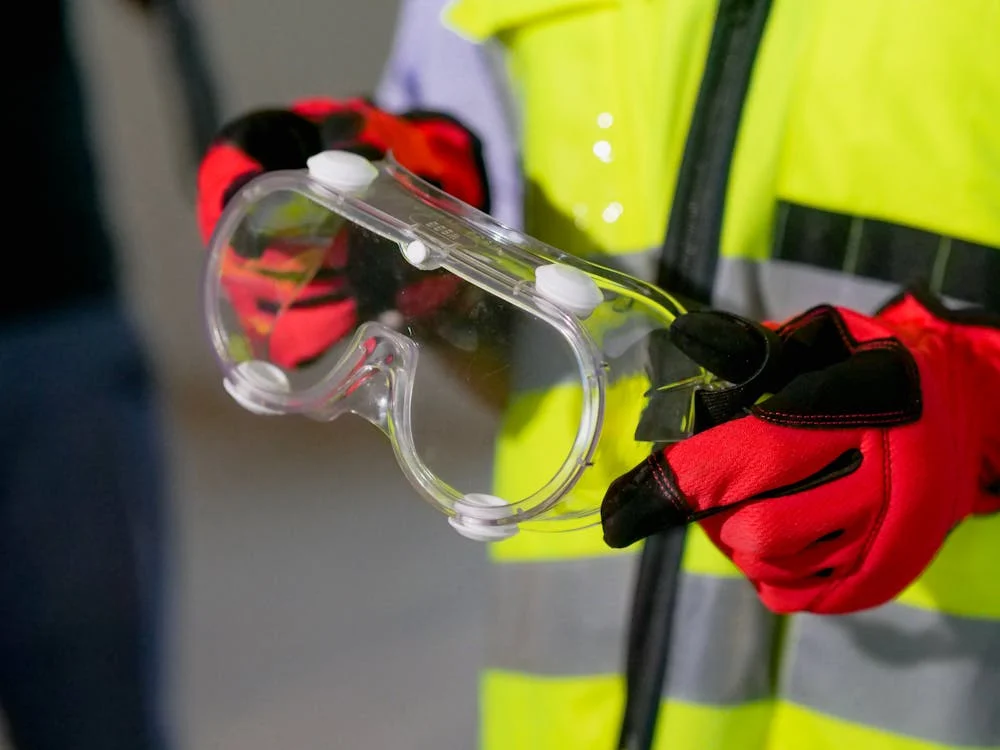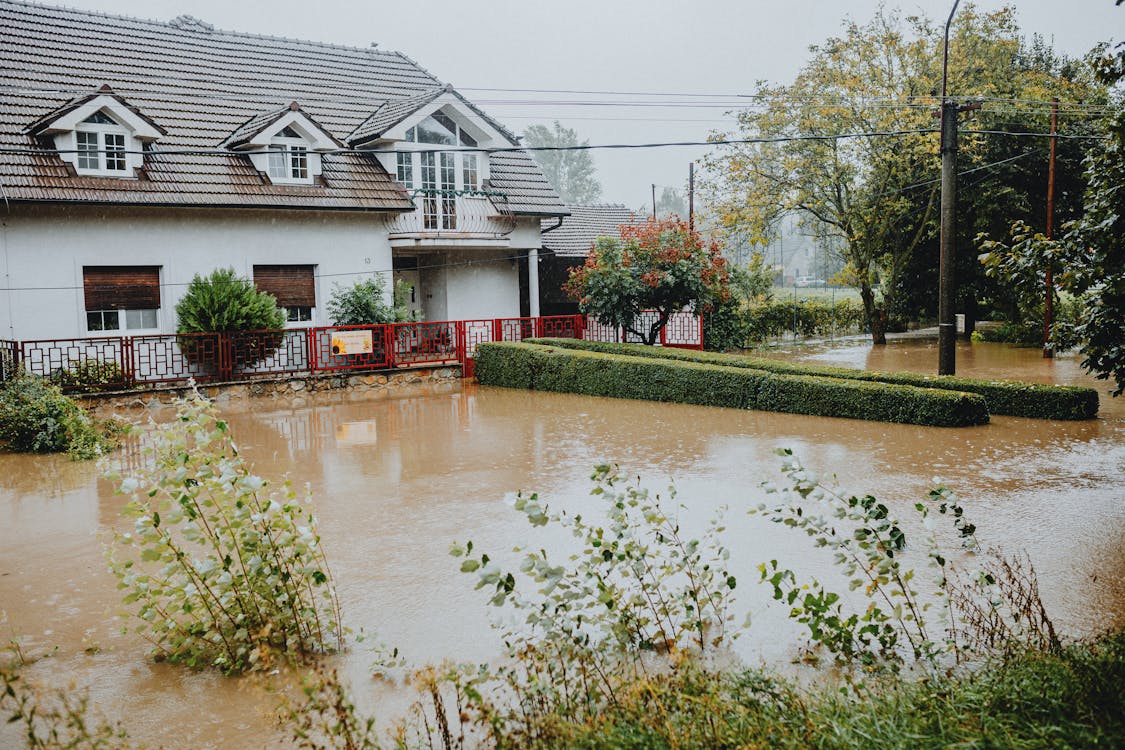
What to Include in Your Emergency Preparedness Kit
If you’ve already made your emergency plan, the next step in emergency preparedness is to create a kit. Although many Canadians claim to engage in a planning process for emergency situations, only 47% have created a kit.
Floods are the most common natural disaster in Canada, but it’s important to note that emergency situations can be due to both human or natural causes. Other emergency situations include biological attack, an outbreak of a dangerous disease, drought, landslides, fires, and storms.
By creating a kit that will last you for three days, you ensure that you and your family are prepared in the event of an emergency.
Water and Food
- Two litres of water per person for three days
- Non-perishable food for three days
- Iodine purification tablets
Water and food are the most important parts of your emergency preparedness kit. Water is heavy, and although it’s recommended to bring two litres per person per day, you should also consider bringing a filtration system. Companies offer these in many forms, such as water bottles, jugs, and straws. An alternative to this is iodine tablets, which remove any harmful contaminants from most water sources. To make your bag lighter, opt for dehydrated meals that can be purchased from most outdoor stores.
Electronics
- Flashlight
- Candles and matches
- Batteries
- Manual can opener
- Portable radio
- Prepaid phone card
Most emergency situations result in a loss of electricity. To combat this, you should pack sources of light, such as flashlights and candles. If your flashlight is battery powered, make sure to bring extra batteries. There are also manual flashlights available that require you to crank a lever to generate power. Although a radio may seem old-fashioned, it’s most likely going to be your source of information. Without power, your phone won’t last very long and radio the most effective way for emergency response workers to reach a mass amount of people.
Documentation
- Copies of important documents
- Cash and travellers cheques
Your kit should also include copies of important documents that you will need in the aftermath of the emergency. This includes insurance papers, bank records, and identification. Most credit and debit card machines will run out of power, so it’s essential to have cash and travellers cheques. Don’t rely on an ATM, as these will run out of money very quickly.
Clothing
- Change of clothing and footwear
- Thermal blankets
The importance of clothing is largely dependent on the time of year and local climate. That being said, it is advised to pack a change of clothing and footwear for every family member. You probably won’t be able to carry many sleeping bags, which is why thermal blankets are a great alternative.
Other
- Prescription medications
- Basic tools
- Whistle
- Duct tape
- First aid kit
- Pet kit
This category is the most individualized, as it takes into account your personal needs. Pack plenty of prescription medication if you are on it and be sure to include a first aid kit. Although you can make a first aid kit on your own, it’s usually easier to purchase a pre-made one. Include a pet kit with supply of food and water for three days as well. Animals will be dangerous to others if they are hungry, and you don’t want to risk them eating your supply of food. The importance of pet kits was proven in the 2017 southern California wildfires, where many pets were left without adequate food and water.
Certified Asbestos is dedicated to helping you remove asbestos and restore your home after fire, flood, or mold damage. Learn more about our services by calling 403-437-8070!
Contact us for fast and efficient asbestos and mold testing and removal service
Get in touch with us and send some basic info for a quick quote.



